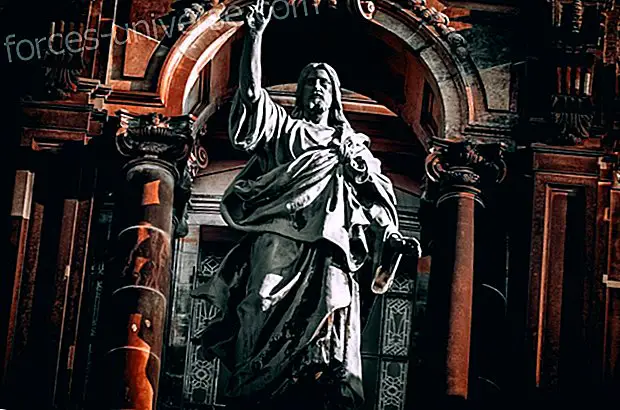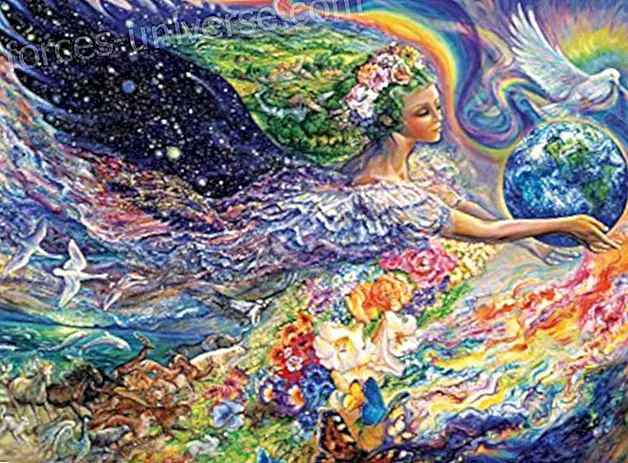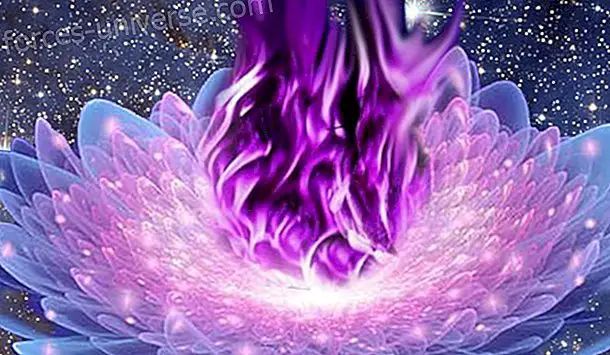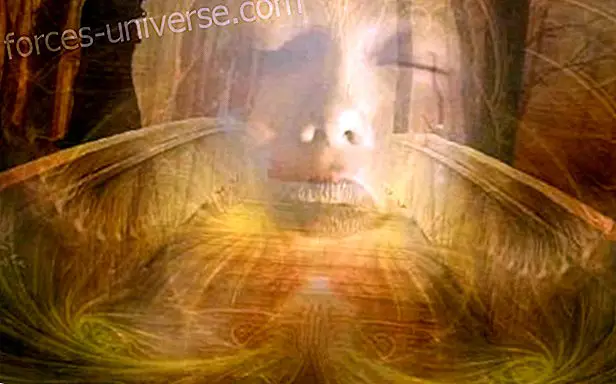The I Ching is the most consulted book in China and in East Asia, because it is believed that in this work you will find all the answers. Do you think if we know more about what it is and why it is so important in the East? Here you will discover some interesting answers.
The Book of Changes is considered an ancient oracle and has a history of more than 2500 years, where comments have been added to the interpretations, made in a first moment by Jesuit monks and then by other scholars like Confucius. It is the version of the latter that has reached our days.
The two branches of Chinese philosophy, Confucianism and Taoism, have their common roots in the book of all responses. Well, in addition to an oracle, the I Ching is considered a book of wisdom. We know him a little better.
What is the I Ching?
While it is considered an oracle, this is a guide book that helps make decisions . Many Eastern rulers consult him in difficult times, as do the other people in the East and West.
Walking through the streets of any city or town in China are references to the I Ching or people who make the runs or consultations to the oracle.

In everything "The Book of Changes" we find the idea of transformation . All situations constantly mutate to return to themselves. This is the fundamental equilibrium movement of the Yin-Yang and the basis of the philosophy of the perpetual movement of the Cosmos.
Within the book we find " The Great Commentary ", the one that associates the knowledge of the I Ching with the ability to understand destiny, because only those who participate in the spiritual dimension of the book will be able to understand the patterns that are repeated in the Universe.
" The wise person who reads it will see cosmological patterns and will not despair with mere material difficulties ."
How is I Ching consulted?
To make a query in the Book of Changes, coins or rods are thrown, which produce seemingly random numbers. Each of these figures forms a yin or yang line, which are drawn to create 2 trigrams (of 3 lines each).
These trigrams form a hexagram, which is used as a reference to read the sentences in the book.
The book contains all possible hexagrams (64 in total), in an order known as King Wen's sequence. Each hexagram is a symbolically expressed situation, but this can be changed by the movement of the lines.
- A roll of coins or rods can generate numbers 6, 7, 8 and 9.
- Figures 6 and 9 represent mutant lines and 7 and 8 form fixed lines.
- 7 is yang and is drawn
—————
- The 8 is yin and is drawn
—— ——
- 6 is a mutant yin and is drawn
—— x ——
- 9 is a mutant yang and is drawn
—— or ——
A mutant line is a Yang line that will become Ying or vice versa, creating another hexagram that will complement the first.
For example, if a roll generates the following hexagram:
—— ——
—— x ——
—————
—— x ——
—— or ——
—— or ——
You should look in the book and read the answer that corresponds to it. In this case it is Kuei Mei (The young woman who marries).
But having mutant lines in it, it will also become the hexagram:
—— ——
—— or ——
—————
—— or ——
—— x ——
—— x ——
Which should also be searched in the book to make a second reading of the oracle. In this case, it corresponds to the Hsien hexagram (courtship).
Another way to consult the book is to read only the mutant lines, in the belief that fine lines should not be taken into consideration, since they do not involve movement.
The trigrams of the I Ching
Each of the ideograms formed by a hexagram is made up of 2 trigrams (Pa Kua) that have their own meaning.
And by combining these trigrams in pairs, the 64 hexagrams of the Book of all changes are formed, representing all possible situations .
This is a microcosm within the Universe that symbolically describes all the processes of continuous universal change.

The 8 trigrams represent the basic forces of Nature:
- Chien (Heaven) : the creative, the father, the creative energy, health, goodness, dignity, power, perseverance, Higher self, prosperity, virtue, protection, divine power, space.
- Kun (Earth) : the receptive, the mother, the fertility, the vessel, the matter, devotion, yield, kindness, passivity, security, vulnerability, unlimited acceptance, flexibility, shelter.
- Chen (The Thunder) : mobilizer, emergence, sudden movement, confrontation, agitation, renewal, momentum, imminent revolution, decisive moment, intimidation, overwhelming.
- Sun (The Wind) : the soft and penetrating, the transience, the growth, affection, courtesy, humility, submission, transformer, dispersion, renunciation, indecision, advance and withdrawal, insinuation n.
- Kan (Water) : the abysmal, danger, spirit trapped in matter, adaptive energy, shaping, latent, adventures, vitality, cover-up, cruelty, fluidity, uncertainty, hard work, danger, crisis.
- Li (The Fire) : the adherent, clinging, consciousness, light energy, extremes, celebration, dependence, discrimination, charisma, understanding, talent, vision, originality, immortality and rebirth, emotional instability
- Ken (The Mountain) : the still, the detained, inert, deep thought, achievement, philosophy, meditation, stagnation, stubbornness, faithfulness, arrogance, saving, reliability, preservation.
- Tui (The Lake) : the serene, cheerful, grace, tranquility, infiltrate or impregnate, sensuality, loosen, release, open passages, exchange, loquacity, narcissism, heavy.
What is the origin of the I Ching?
It is not known for sure what the origin of the Book of Changes is. In China, its creation is attributed to four people: King Wen, Fo Hi, the Duke of Zhou and Chuang-Ts (Confucius) .
It is believed that it was Fo Hi who invented trigrams, but there are combinations of trigrams that date back to very old times. In the dynasty of the Xia (Lien Chan, years -2205 and -1766 BC) the book would have started with the trigram Ken (The Mountain) and in the Chang dynasty (Kouei Tsang, years -1766 and -1150 BC), began with the trigram K un (Earth).
However, there is no evidence that at that time there were 64 hexagrams as they appear in the current book.
The I Ching as we know it was given or known by King Wen Zhou (Zhou dynasty, years -1046 and -771 BC). In this book, brief comments appear on the hexagrams made by the king himself when he was a prisoner, but it was his son Wu, the Duke of Zhou, who wrote the texts of all the hexagrams.
That was the version of the book that came to the hands of Confucius (Chuang-Ts, -551, 479 BC), who devoted his entire life to his study . It is believed that he was the one who wrote the sentences in the book, both the Comment on Decisions (Tuan Chouan), and the Commentary on Images Chouan)
The rest of the texts were made by his successors or disciples of Confucius in the form of questions and answers. Of these texts only fragments remain in the "Great Commentary" (Ta Chuan) and in the "Commentary on the words of the text" (Wen Yen).
It was in the mid-seventeenth century that the I Ching is made known in the West by Jesuit missionaries returning from China. It is believed that it was a French Jesuit missionary, Joachim Bouvet (1656-1730), who maintained a long correspondence with Godofredo G. Leibniz (1646-1716) and who suggested to him the use of binary numbering used in hexagrams for Binary arithmetic formulation.
Seen in Hidden World, by Pedro, editor of the White Brotherhood






